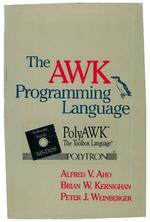Other

“Computer users spend a lot of time doing simple, mechanical data manipulation - changing the format of data, checking its validity, finding items with some property, adding up numbers, printing reports, and the like. All of these jobs ought to be …

